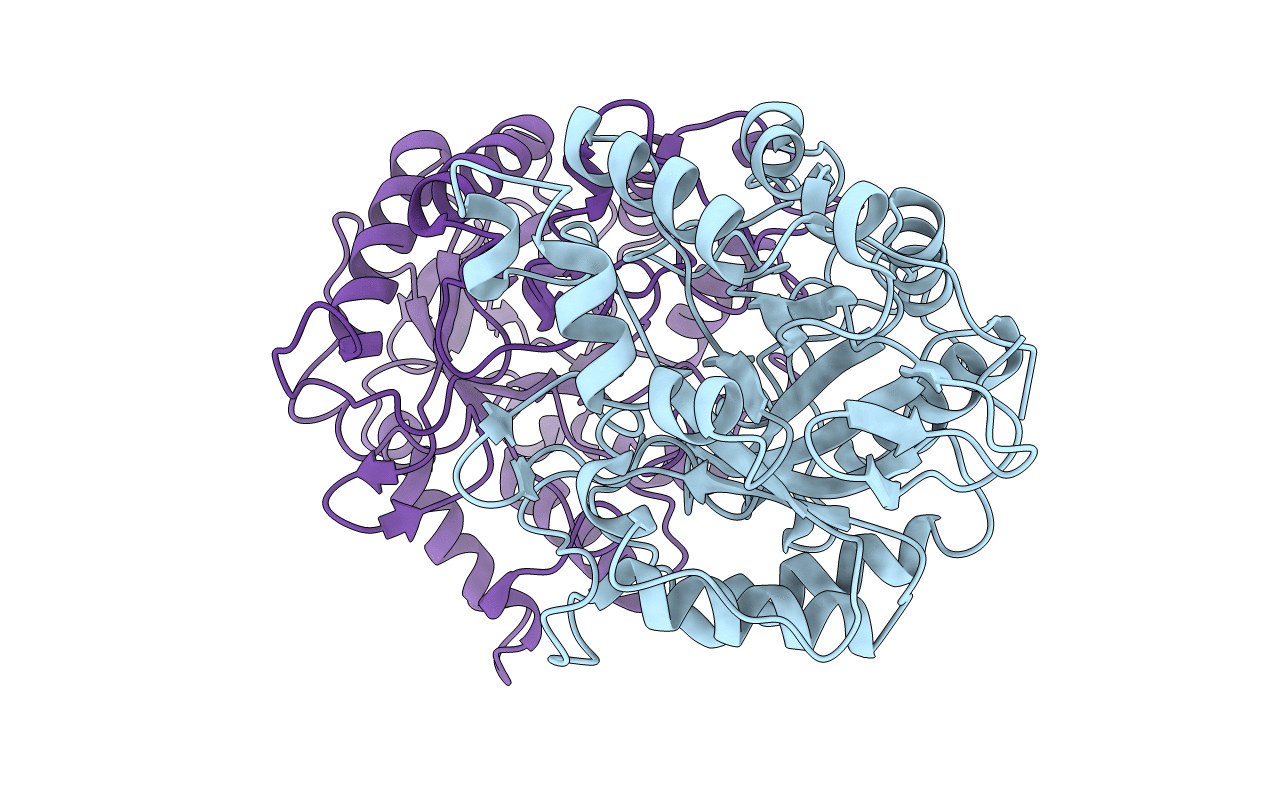
Deposition Date
2005-06-30
Release Date
2005-07-05
Last Version Date
2024-10-09
Entry Detail
PDB ID:
1VRX
Keywords:
Title:
Endocellulase e1 from acidothermus cellulolyticus mutant y245g
Biological Source:
Source Organism:
Acidothermus cellulolyticus (Taxon ID: 28049)
Host Organism:
Method Details:
Experimental Method:
Resolution:
2.40 Å
R-Value Free:
0.25
R-Value Work:
0.19
R-Value Observed:
0.19
Space Group:
P 32 2 1


